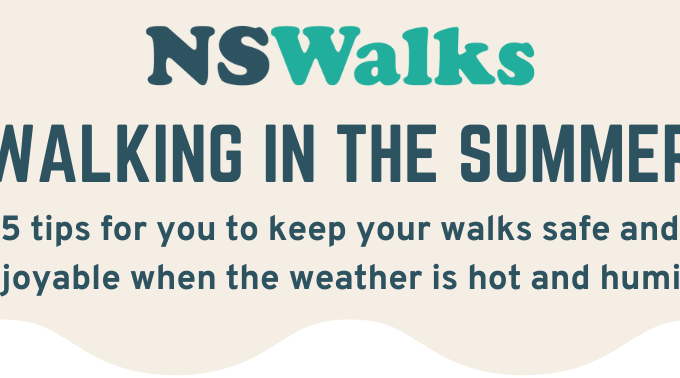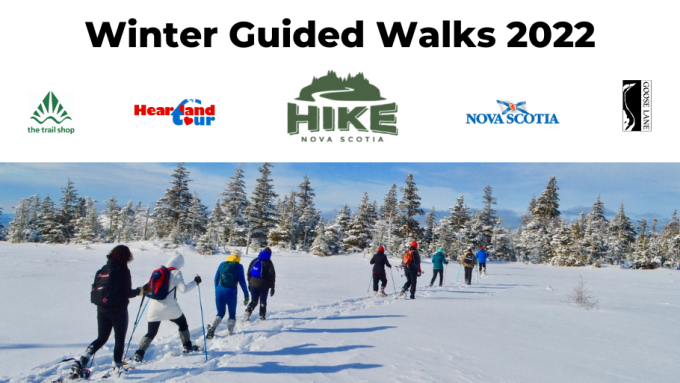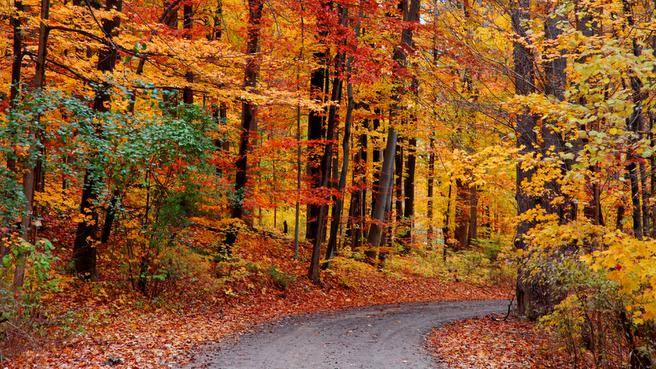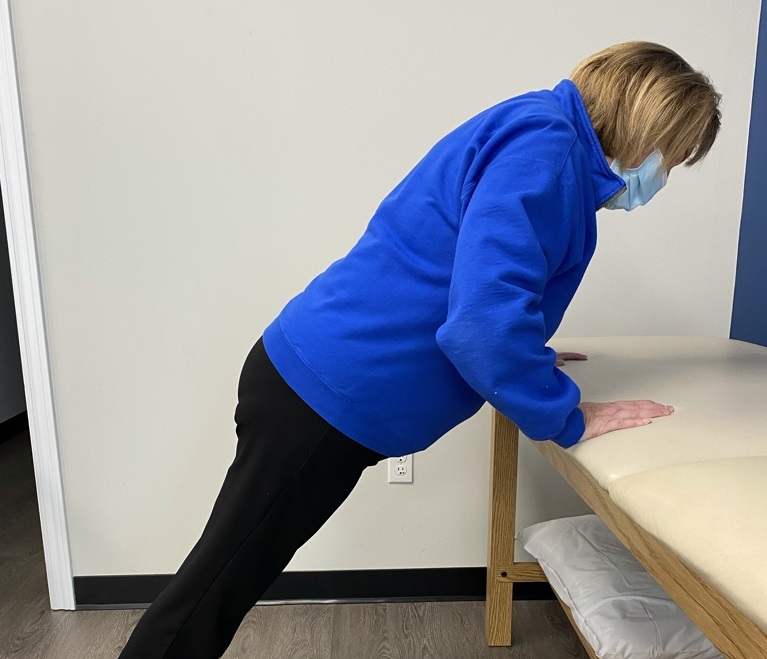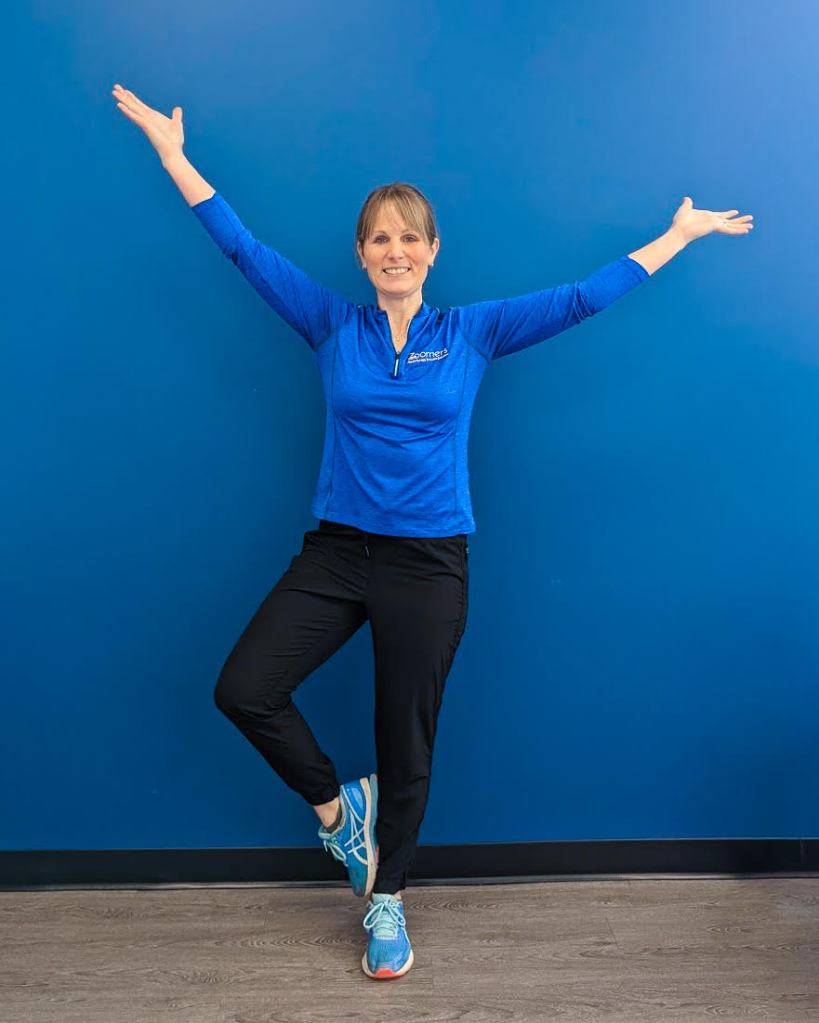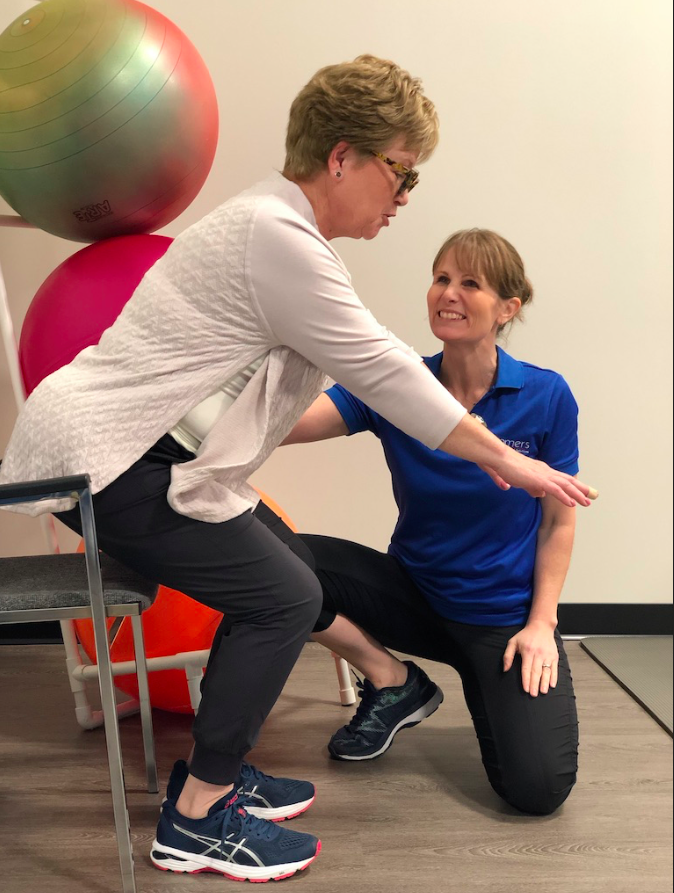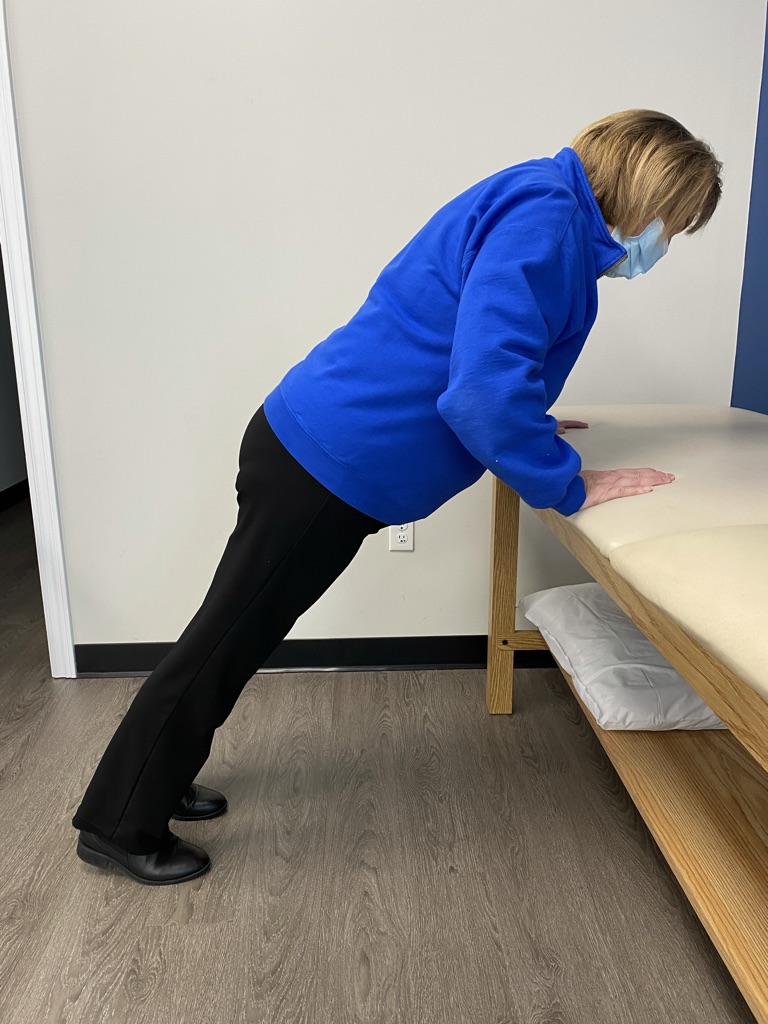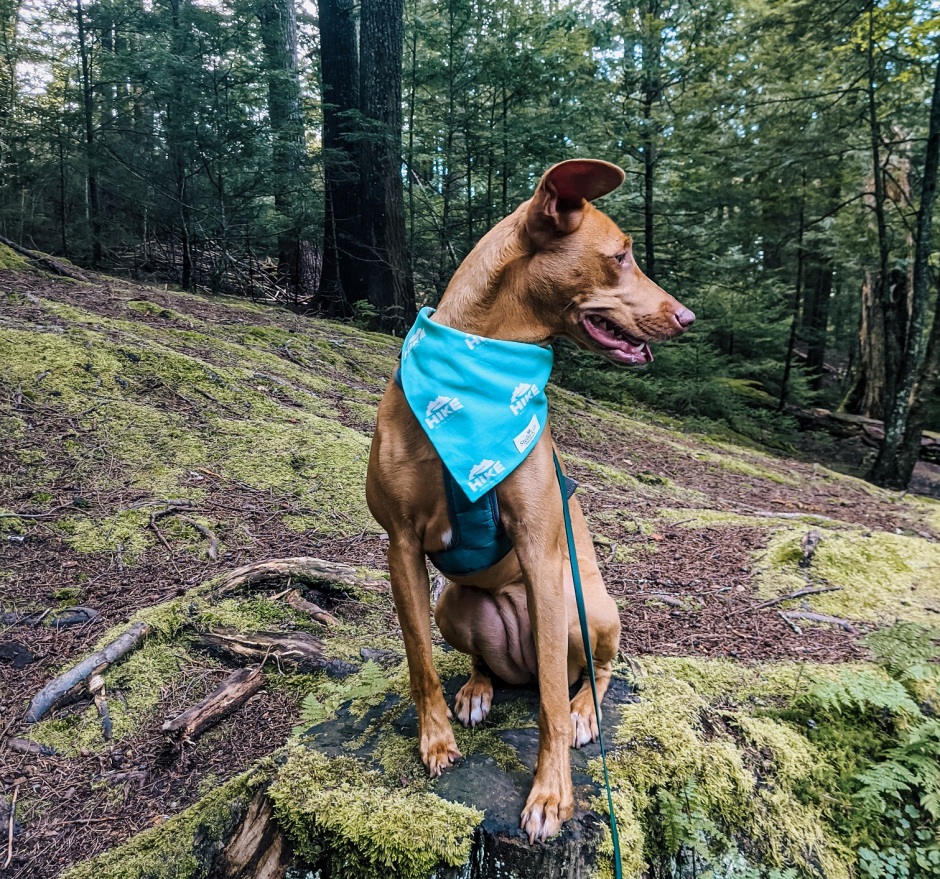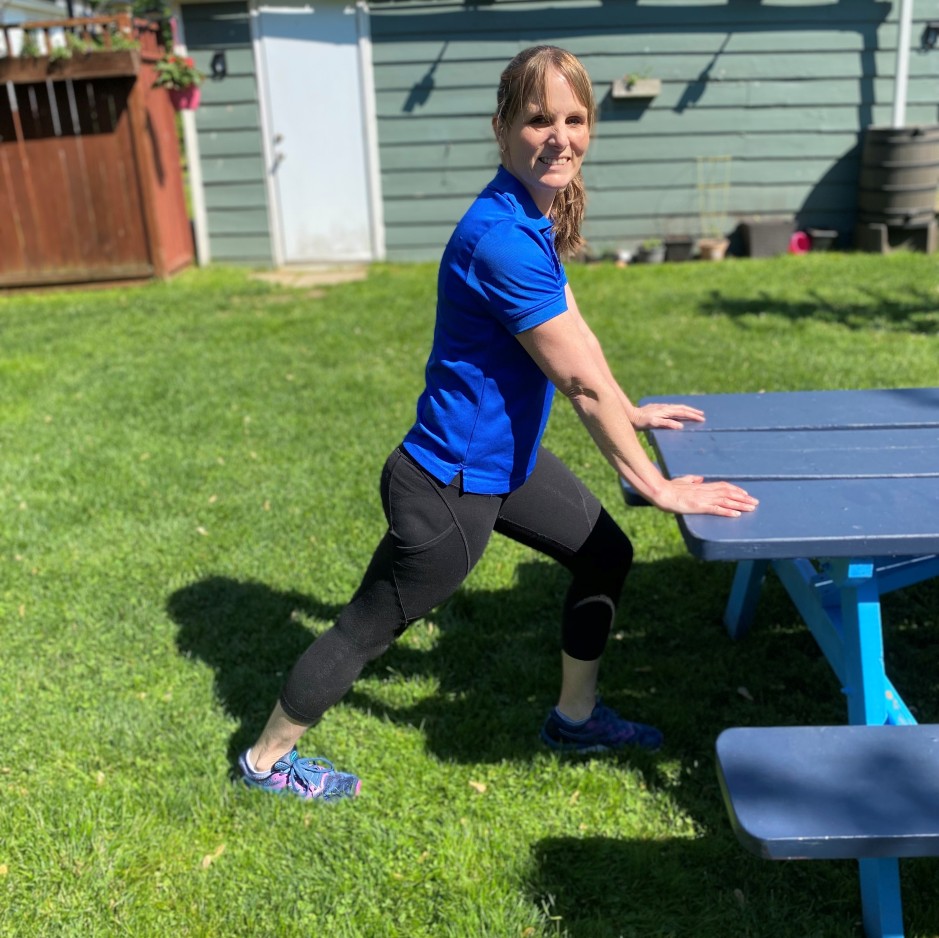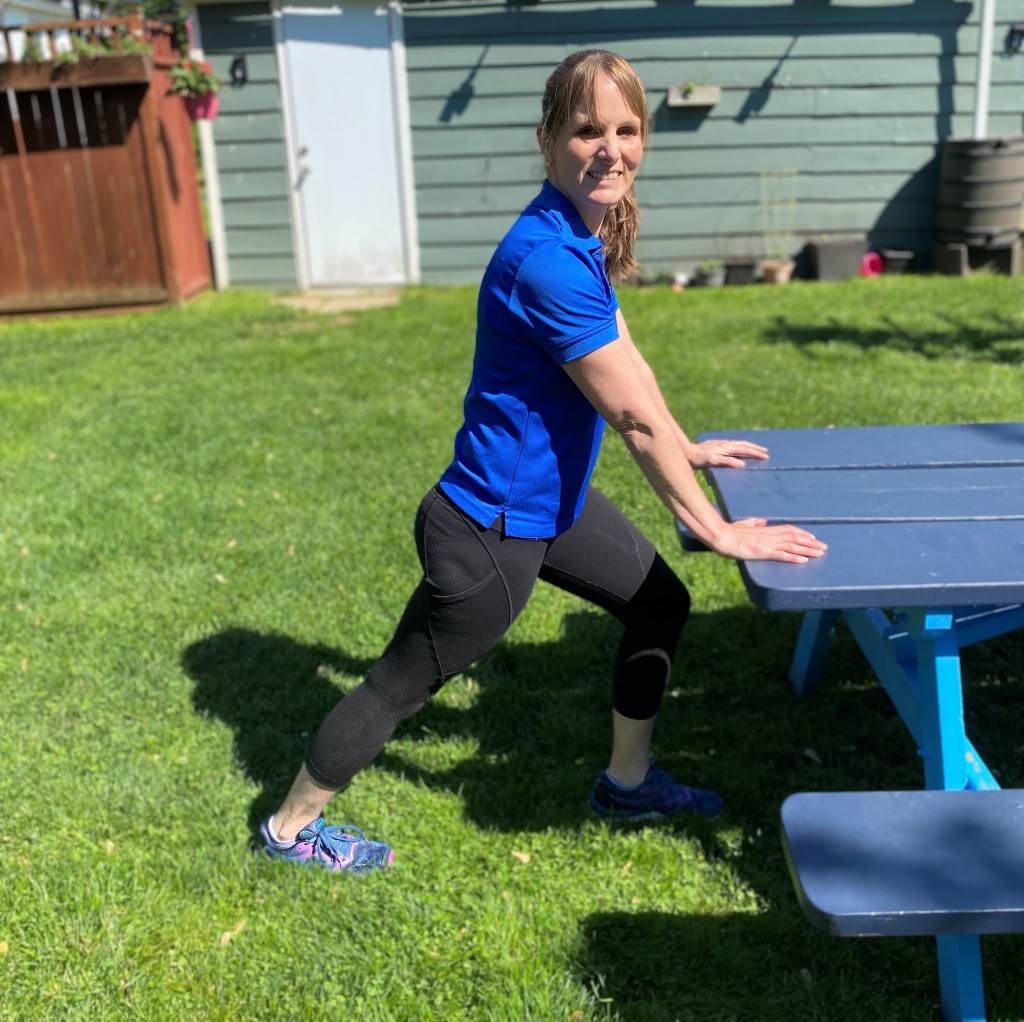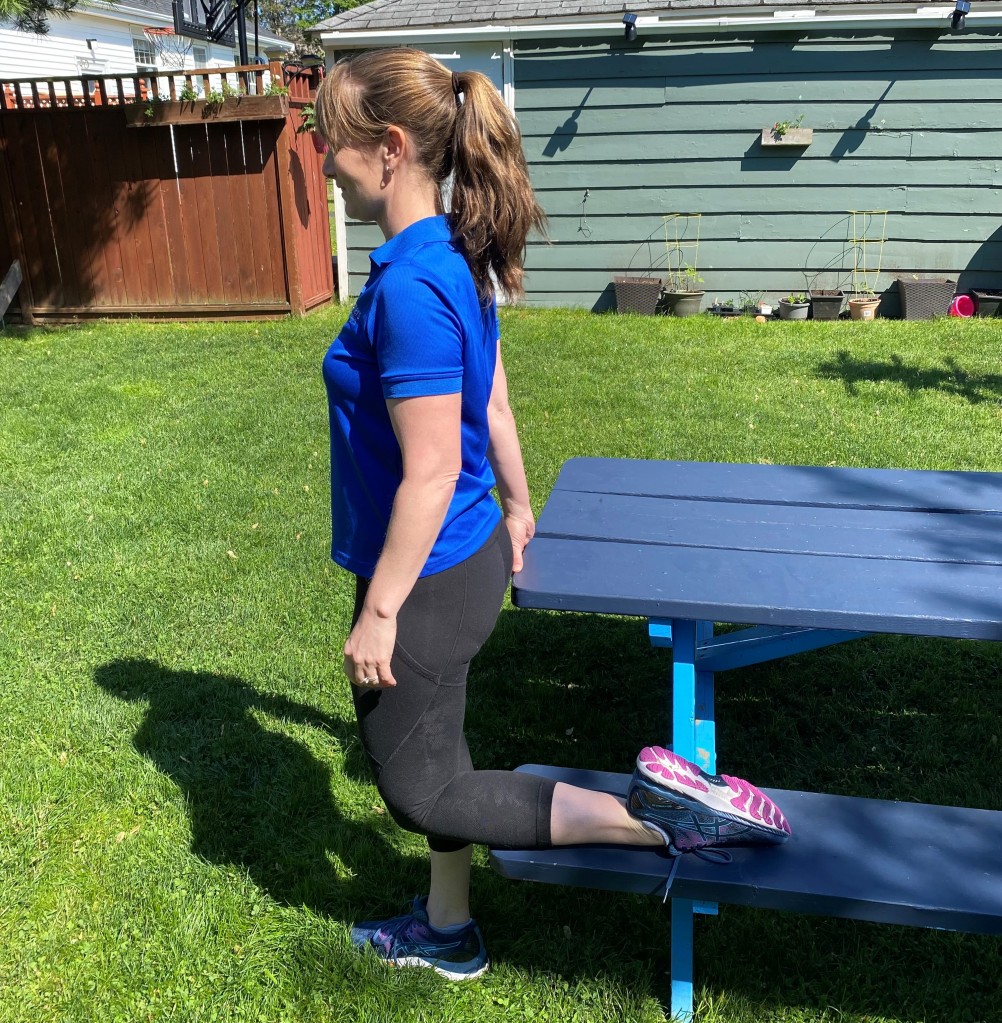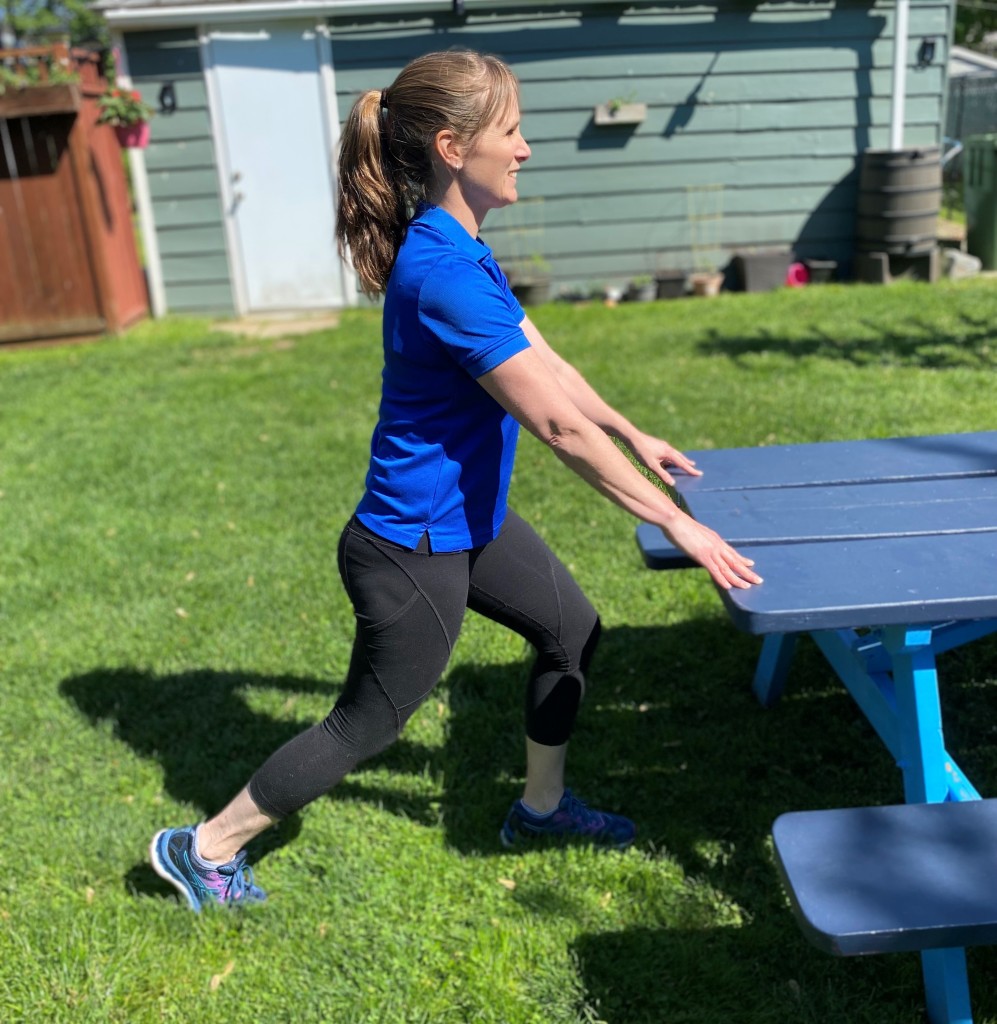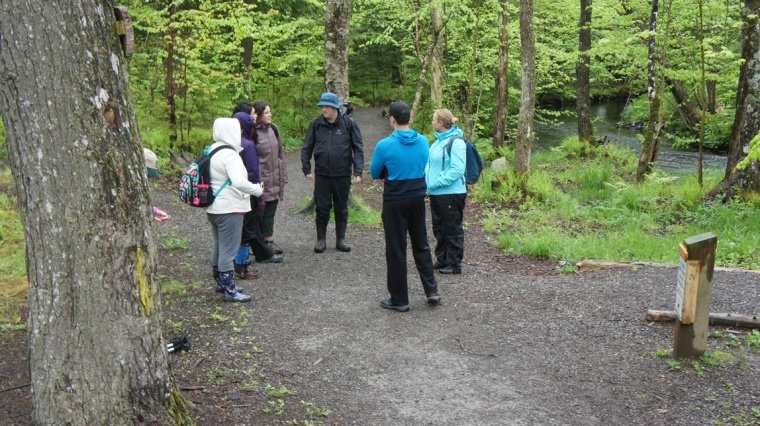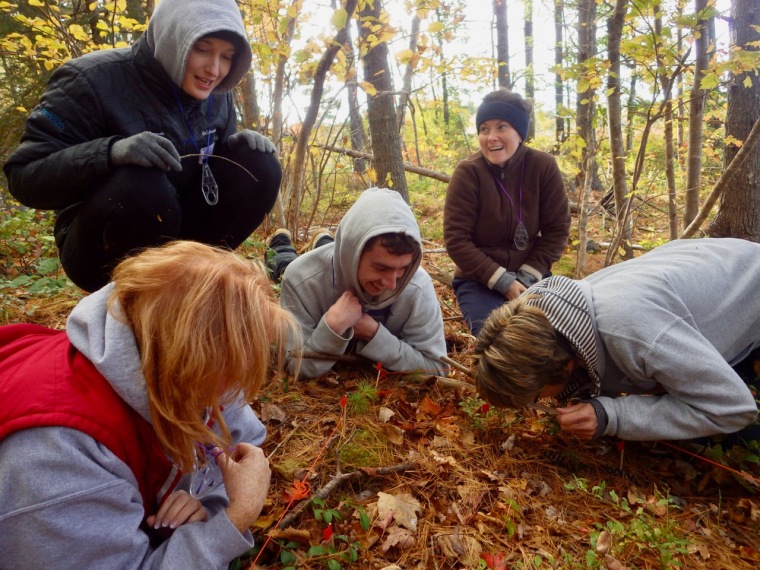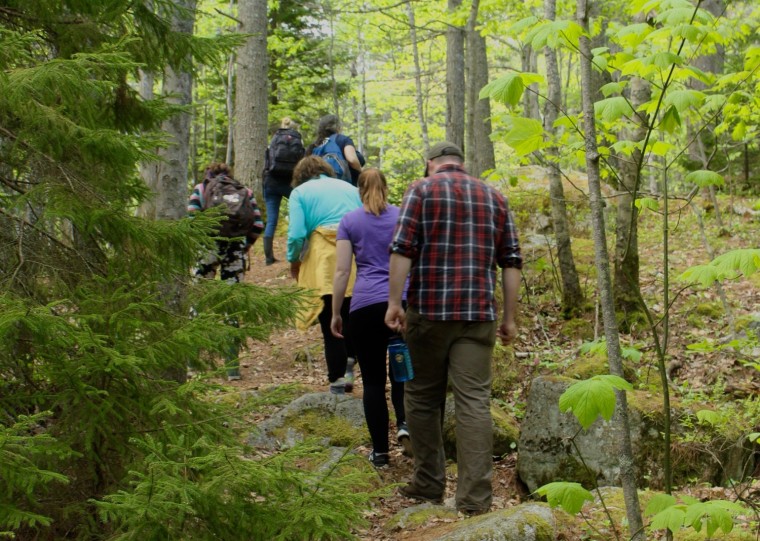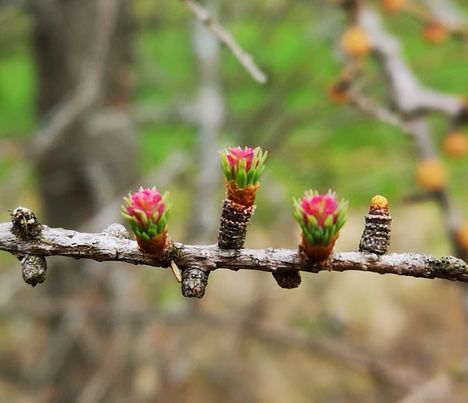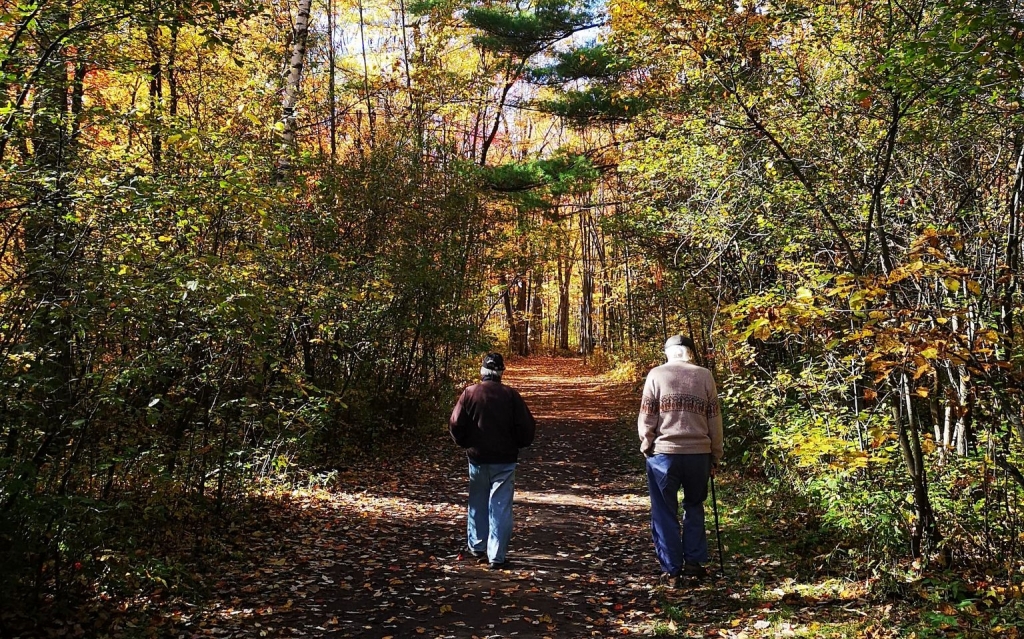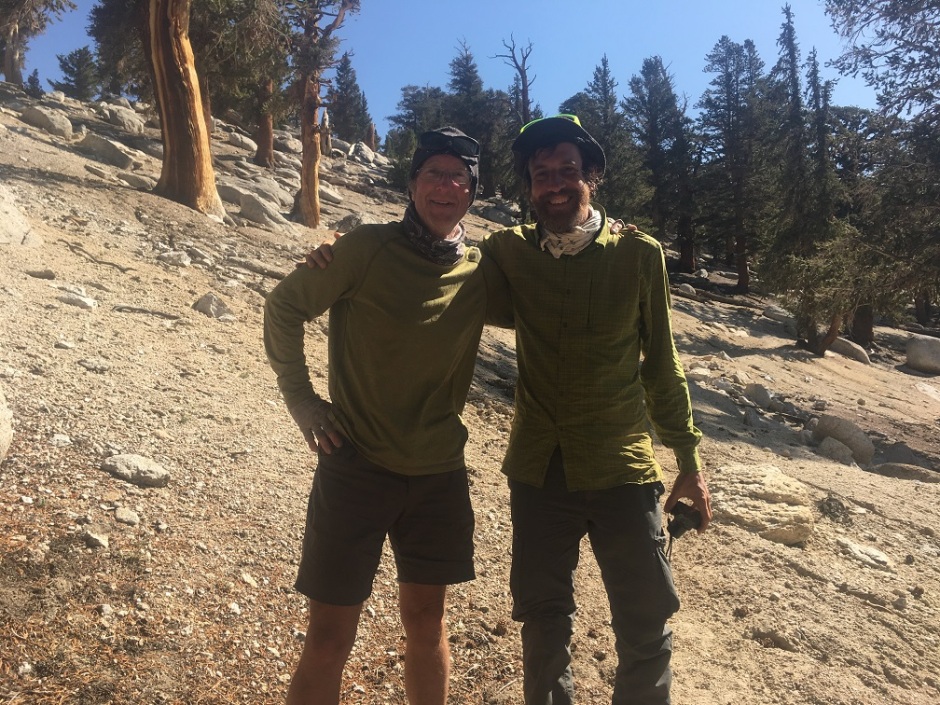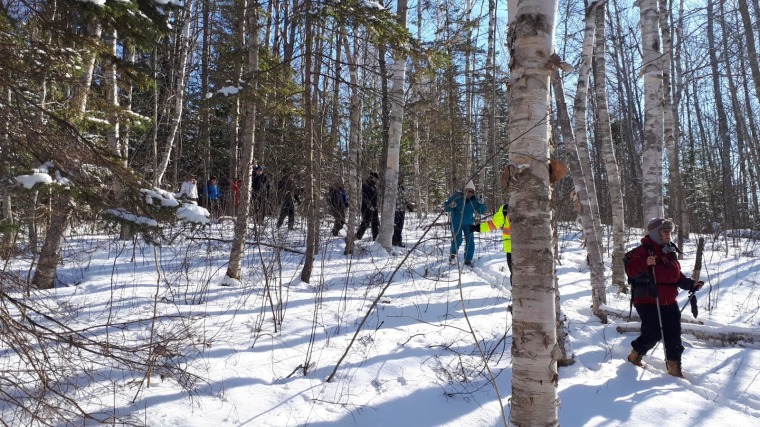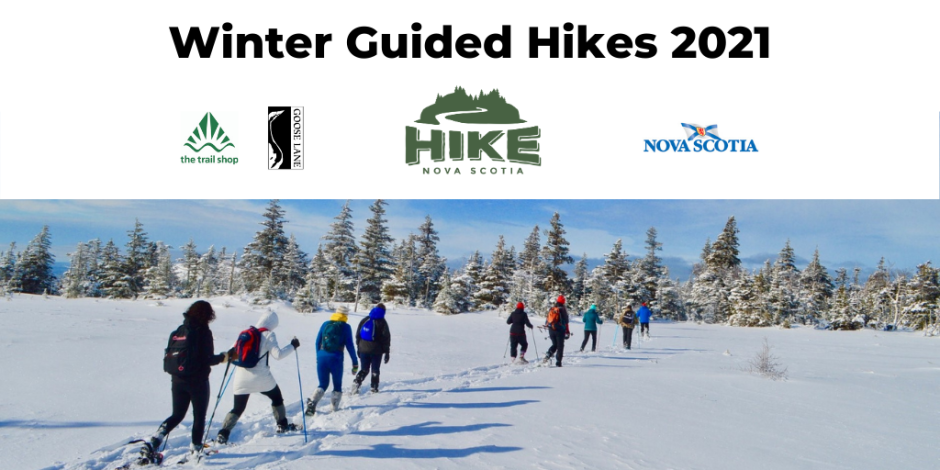Fall guided walks offered throughout NS
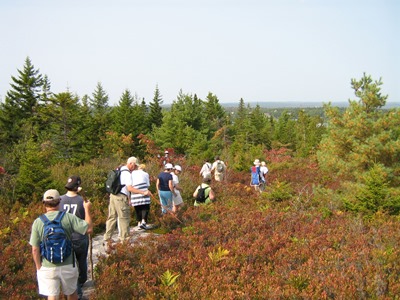
Take a pause this Fall and enjoy yourself in the outdoors by participating in a guided walk in your area.
Quotes
“Fall is a perfect time to experience nature in our beautiful province. Whether you are a seasoned hiker or someone who enjoys less strenuous outings, our walk series has you covered,” says Janet Barlow, Hike Nova Scotia Executive Director.
“These past 18 months have shown us more than ever how much getting outdoors and being with others is essential to our physical, mental and social health. It’s so simple and it works! “
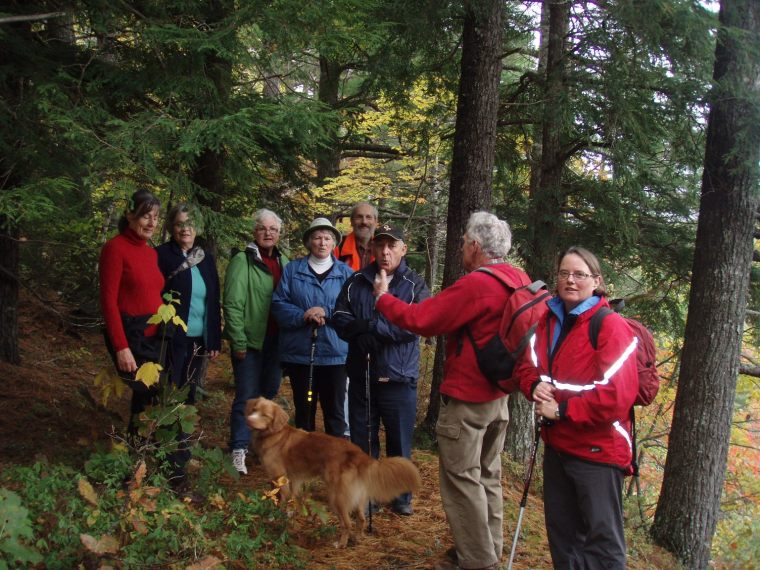
Event Details
Location: Province-wide
Date: September 12 to November 14, 2021
Registration: Registration in advance is required for all walks. The full schedule with registration details and directions is found at www.hikenovascotia.ca. Walks are listed by date and region. Walks are listed by month or region (Halifax, South Shore, Valley, Highland and Cape Breton).
Fast Facts
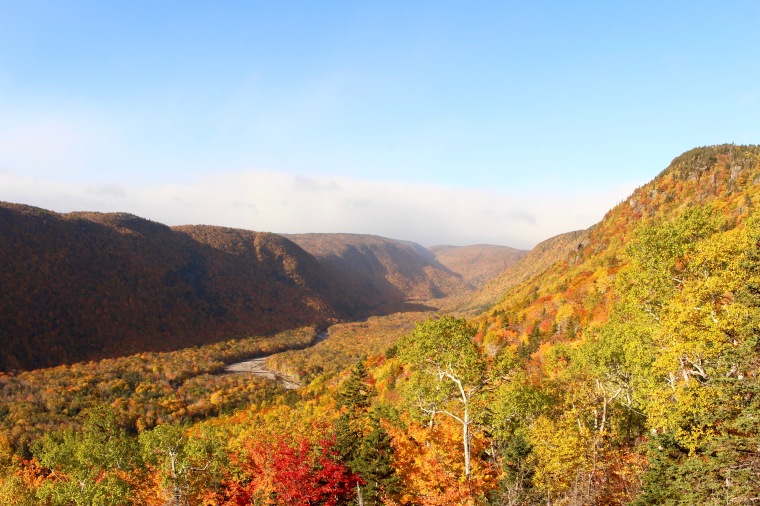
- Hike NS and 13 host organizations have partnered to offer the Fall Guided Walk Series from September to November.
- There are 28 hikes scheduled province-wide.
- Hikes are led by local folks and participants qualify to win trail prizes.
- These free or low-cost walks require pre-registration and will follow public health protocols.
- The series includes walks of various lengths and difficulty levels.
- Hike NS thanks its local partners for organizing the hikes on the ground as well as The Trail Shop, Goose Lane Editions and the NS Department of Communities, Culture and Heritage for their support.
- Hike NS encourages and promotes a growing hiking culture throughout the province, striving to be the voice for those who hike, walk and snowshoe.
Photos

Find photos on Facebook or Instagram or use some of the photos on this page.
Social Media
Share on Facebook
Share on Twitter
Share on Instagram
Contact
For more information on these events or Hike Nova Scotia contact:
Janet Barlow, Hike Nova Scotia
(902) 932-6902
Email
www.hikenovascotia.ca
Why you need to build your bank account of strength & how to do it!
Sponsored Content
By Laura Lundquist, PT
Registered International Sport Physical Therapist, FCAMPT, Diploma Sport Physiotherapy
Zoomers Physiotherapy & Health Solutions, Halifax
I often use the analogy of a bank account to teach the importance of maintaining strength as we age. At first glance, it seems like an odd comparison, but stick with me and I think you’ll see how it actually makes a lot of sense.
The analogy:
Your body has a bank account of strength. There is a “threshold” amount of strength that is required to help your body function at its best. If your strength drops below this “threshold”, you often experience symptoms of pain and dysfunction. It is often at this point that you are referred for physiotherapy.
The challenge:
Through physiotherapy, you can rebuild strength in the affected areas. Once you meet this “threshold” of strength, you feel better; the pain and dysfunction lessen or resolve. This is the point at which many clients stop physiotherapy and stop working on strength-training.
The reality:
If you have not “built up” your strength account significantly beyond that “threshold” level, you remain at high risk for a return of your pain/dysfunction. After the age of 40, we tend to lose strength, balance and mobility every year unless we are actively working to maintain or regain it. This strength loss can be as much as 1-2% of your strength every year.
Most of us are used to managing our financial bank accounts. With finances, we sometimes refer to keeping some savings in a “rainy day account” to have us prepared for unexpected costs or hardships. We need to approach our strength the same way. The demands placed on our body can change for a number of reasons (both good and bad). It is important to ensure we have prepared ourselves to meet those changing demands; this is especially true as we age. We need to build up our bank accounts of strength.
The solution:
Maintaining and gaining strength needs to be an ongoing process. It is best to engage in exercises that load our muscles at least 2-3 times each week to promote good health. Although activities like walking, cycling and swimming have many health benefits, they do not give us a lot of strength building.
There are many great exercises that can be done at home to help you build strength. Knowing which ones are right for you and how many to do can help make sure you get the most out of your program. Consider seeing a physiotherapist to get a program built to match your unique needs. In the meantime, here are a few great exercises that you can try:
- Sit to Stand: practice standing up and sitting back down with good control throughout the movement
- Heel Raises: hold a countertop for balance and rise up on your toes, hold for 3 seconds and then slowly lower back down
- Counter Push-Ups: Use your kitchen counter as the base for your hands in a partial push-up
The best exercises are the ones that get done! So, pick a few strength-building exercises that you won’t mind doing and start by adding them into your weekly routine 2-3 times each week. Building a bank account of strength today pays you back tomorrow as it will limit pain and dysfunction. Feeling well will allow you to live the life you love!
About the Author
Laura Lundquist is a physiotherapist whose passion for healthy active aging prompted her to open Zoomers Physiotherapy and Health Solutions in Halifax. More information about Zoomers’ health-care and Club Z fitness services can be found at www.zoomershealth.ca or by calling 902-453-1525. Located at 291 Horseshoe Lake Dr., Halifax.
New Stella & Co. Dog Bandana Supports Hike NS
We’re excited to announce the start of neat new partnership with Stella & Co. This is a local Truro business that makes quality handmade goods for you and your furry friends.
Support Hike Nova Scotia with the purchase of a Stella & Co. Hike NS-branded dog bandana. A portion of the proceeds will be donated to Hike NS.
Buy yours here!

Stretch for Success with Your Walking Program
Sponsored Content
By Laura Lundquist, PT
Zoomers Physiotherapy & Health Solutions, Halifax
On average, we take approximately 1,000 steps in every 10 minutes that we walk. Following a regular stretching routine is an effective way to manage the normal muscle tightness created by all those steps! Keeping those muscles supple is key in reducing the risk of pain developing in our ankles, knees, hips and lower back.
As a physiotherapist, I regularly teach clients which stretches can optimize their walking performance and safety. Read on for the answers to the three questions that I answer most often about stretching.
When should I stretch?
In the last 20 years there has been some great research that shows that although a warm-up is important, doing static (holding positions for 20-30 seconds) stretching prior to activity isn’t generally effective in managing muscle tightness. However, static stretching after exercise is recommended. Ideally this stretching should be done while your muscles are still “warm” from your walk, within 15-20 minutes of finishing your route.
Which stretches should I do?
Each of us may benefit from slightly different stretching routines due to our health history. However, there are several stretches that are generally well-tolerated and effective to manage the normal muscle stiffness that can result from a walking routine. Here are my three favourite stretches to maximize performance and comfort when walking:
Calf
- Stand facing the wall and step one leg backward.
- Keep the back leg straight (heel down) and bend the front knee.
- A stretch should be felt in the back of the lower leg, below the knee.
*Tip: Keep both feet pointed forward to maximum stretch!
Quadricep
- Stand holding something for balance.
- Place one foot up on the seat of a chair behind you while continuing to stand in upright posture.
- A stretch should be felt in the front of the thigh near the knee.
*Tip: Avoid cramping in the back of the thigh by resting the leg fully on the chair.
Hip Flexor
- Stand holding something for balance.
- Take a large step forward and keep the front knee bent.
- Lift the back heel up while letting the back knee bend slightly.
- A stretch should be felt in the front of the thigh near the hip.
*Tip: Stand tall but avoid arching in the lower back.
How long should I hold each stretch?
Each stretch should be held for 20-30 seconds and repeated two to three times on each side. They should not cause pain in the muscles or joints. You may find that you can move “deeper” into the stretch as time progresses but as long as you are feeling a gentle pull in the target muscle, the stretch is effective; you should not feel like you are forcing it.
If these positions are painful or don’t work for you, visit your physiotherapist for an individualized assessment and stretching prescription based on your specific needs. We have a lot more than three muscles in our legs, you might benefit from stretching additional muscles as well!
About the Author
Laura Lundquist is a physiotherapist whose passion for healthy active aging prompted her to open Zoomers Physiotherapy and Health Solutions in Halifax. More information about Zoomers’ health-care and Club Z fitness services can be found at www.zoomershealth.ca or by calling 902-453-1525. Located at 291 Horseshoe Lake Dr., Halifax.
Outdoor inspiration during lockdown
Even though we’re in pandemic lockdown, you can still get outside. Hike Nova Scotia has the ideas and information you need while staying close to home.
“The Province has specifically told us to get outside, but to do that in our home communities,” says Janet Barlow, Hike NS Executive Director. “It’s crucial to do this to stay healthy – both physically and mentally. Go spend some time at a nearby park, trail or other greenspace.”
If you need inspiration or advice, Hike NS has lined up a slate of outdoor-themed webinars you can access no matter where you live in the province or your level of outdoor experience. They are free for paid Hike NS members or $20 for non-members, who then get a free one-year membership. Upcoming webinars include:
- Intro to Birding
- Wildlife Encounters & Safety
- Intro to Hiking
- Leave No Trace
- Tick Prevention
“People are just craving this type of outdoor knowledge,” Barlow says. “For example, we just held a wildly successful Tick Prevention webinar with about 100 people registered.”
As long as pandemic restrictions allow them to go forward, there are a number of in-person courses scheduled for later this spring including Field Leader – Hiking (how to be a hike leader), Navigation (how to use a map and compass) and Re-Connecting with Nature (teaching adults how to engage kids with nature).
Webinars and in-person courses are offered with the support of the NS Department of Communities, Culture and Heritage, the Outdoor Council of Canada and other partners. Learn more and register at www.hikenovascotia.ca.
Hike Nova Scotia encourages and promotes a growing hiking culture throughout our great province. We strive to be the voice for those who hike, walk and snowshoe. With every step we’re building a community of outdoor adventure enthusiasts.
Photos
Find photos on Facebook or Instagram or use some of the photos on this page.
Social Media
Share on Facebook
Share on Twitter
Share on Instagram
Contact
For more information on these events or Hike Nova Scotia contact:
Janet Barlow, Hike Nova Scotia
(902) 932-6902
info@hikenovascotia.ca
www.hikenovascotia.ca
Take the City Nature Challenge
Guest blog by Mary Kennedy with the City Nature Challenge.
Do you love hiking and learning about nature? This is your chance to join Nova Scotia’s vibrant iNaturalist community and help one of our province’s cities win the 2022 global City Nature Challenge! Local organizers of the three City Nature Challenge (CNC) events in Nova Scotia are inviting everyone to participate from April 29th through May 2nd. The CNC is part of a friendly international competition designed to connect people to nature while taking an inventory of wildlife species around the globe. HRM, CBRM, and The Annapolis Valley (Kings/Annapolis Counties) are three of more than 325 cities from more than 40 countries registered to participate in this year’s event, which encourages use of the free iNaturalist app to track wildlife species and inventory biodiversity.
“We live in a big country and scientists can’t be everywhere,” said James Pagé, Species at Risk and Biodiversity Specialist with CWF. “During the CNC and year-round, individuals can be the scientists by contributing valuable observations for biodiversity research and conservation. Using smartphones and digital cameras as tools, iNaturalist helps us connect with nature while helping to conserve it.”
Locally we are encouraging people of all ages to get outdoors, explore, observe nature, share observations using iNaturalist, and to have fun! This is a great opportunity to explore new trails or hike old favourites either as solo adventures or as bubble activities. The objective of the challenge is to see which area will have the highest number of observations, the most species, and the most participants!
In preparation for the CNC event choose an area to hike, then go online to iNaturalist.ca and EXPLORE this area – what plants/animals have others posted recently? Choose a few species and add these to your ‘must find’ list and then go on a quest to see if you can observe these species during your hike. Perhaps choose to hike a few different short trails, or one longer one, that goes through different habitats – field, wetland, open water, and forest for example, to get more different species. Maybe take your friends and family along, as part of the challenge is to get more participants involved. Use the CNC as an opportunity to get to know a few trails more intimately.
For those hikers who wish to ‘make miles’, consider taking a few photos at the start of the hike and then stop every kilometer or so and record a few more observations. It is possible to keep a decent pace along most of the trail, but during the CNC allow time at certain spots for slowing down and observing nature!
Don’t forget to take photos of any ticks that you might encounter as these are definitely wildlife. Keep your eyes open for tracks, scat, and other signs of wildlife and you guessed it – snap a few pics and upload to iNaturalist when you return home.
For more information on how to use iNat click here.
For more information on the Canadian entries in this year’s CNC click here.
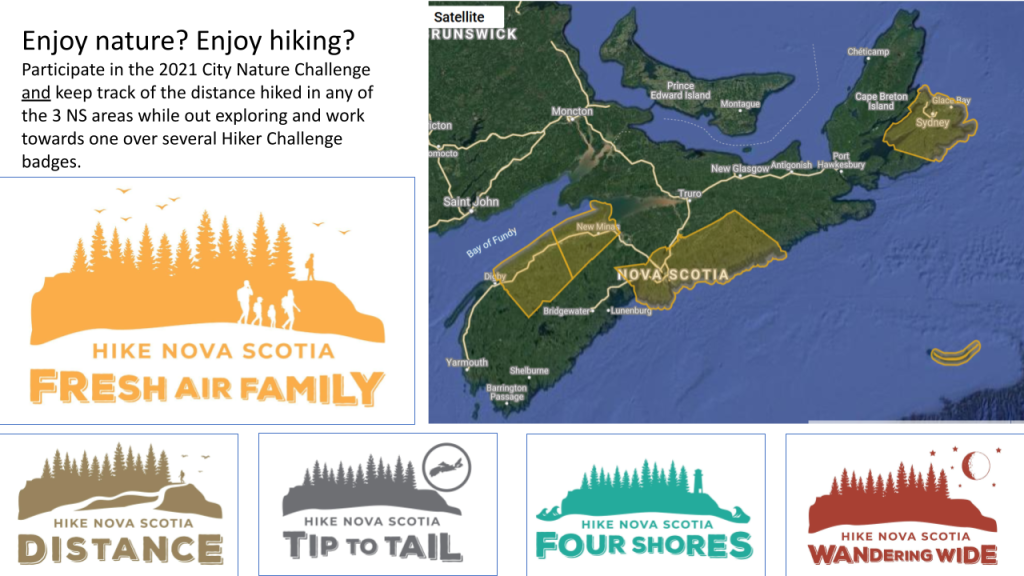
Learn more about the Hiker Challenge here.
Why do you hike?
Guest blog by William “Whistler” Monk, who lives in Granville Ferry, Nova Scotia. He is a lover of nature, long distance hiking and a book author. He has written two books: Whistler’s Walk: The Appalachian Trail in 142 Days and Whistler’s Way: A Thru-Hikers Adventure on the Pacific Crest Trail.
A question for the ages, “Why do you hike”? If you lined up one hundred hikers you would likely get one hundred varied responses. As a long-distance hiker who has successfully thru-hiked the Appalachian Trail (AT) and the Pacific Crest Trail (PCT), I asked myself that very question. Where does that desire come from to walk away and abandon the comfortable life that I know and love so much? Why would anyone think it was a good idea to pack meagre supplies in a backpack, throw it on their back, and walk away from life as they know it for a day, a week or in my case, five to six months?
Thru-hiking the 2,189 miles of the AT in 2017 served as an awakening. It changed me, and I discovered something—I discovered that I liked people. Sounds a bit crazy but it’s true. I found what makes people good, kind, and compassionate. I found that I enjoy hiking with today’s youth, and that they enjoy hiking with me. I found that on the trail, we are all truly equal. We each have the same goal—or purpose—with a definitive target in our sights. We know where we come from, and we know where we must go in order to discover the enlightenment we each seek as we complete the task (hike) at hand.
With that burning question waiting for a logical answer, it really only brings forward more questions looking for answers. Sometimes we end up with answers to the questions that haven’t yet been asked. What I have learned is that sometimes you get answers as you get closer to nature, closer to the earth, closer to the sky and closer to other humans. Life off the “trail” tends to distance us from nature, earth, sky and one another. When I hiked the PCT in 2019 I hiked by myself for a majority of the time. That was okay though, because it gave me the opportunity to “be with me”.
But I also had the opportunity to hike with others I’d met on the trail. One of the hikers I met was a guy from Germany who went by the trail name, ‘First One’. ‘First One’ and I happened to hike up to Crater Lake together which had us both acting like giddy school boys. You see, Crater Lake is the deepest lake (592 meters) in the United States. Its unusually deep blue waters are due to its depth and clarity and indescribable to anyone that might ask for a description. In other words, you have to see it for yourself to believe it. While we were enjoying this “other worldly” sight, ‘First One’ shared a German saying that goes something like this… “Luck and happiness are doubled if shared”. I love hiking by myself. I love that I can spend time by myself and thus learn more about myself. But sometimes the enjoyment of an experience is multiplied when shared with others.
So, why do you hike?
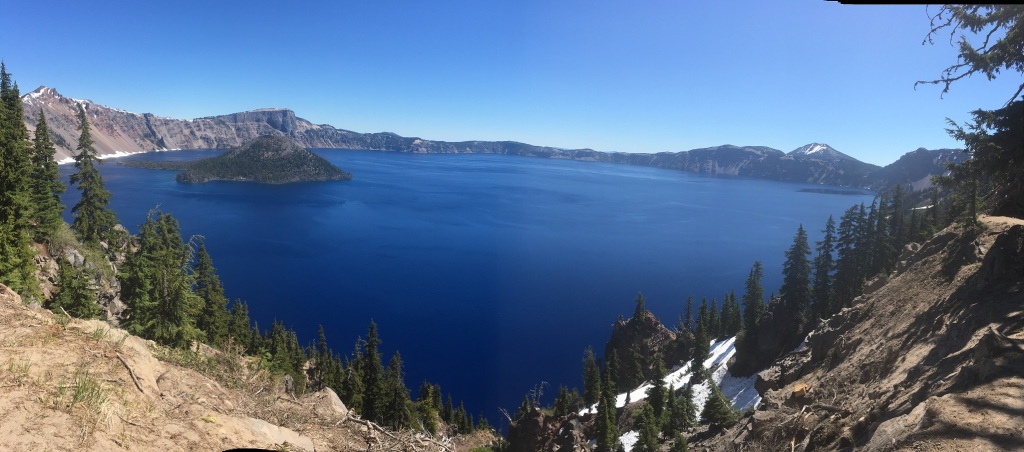
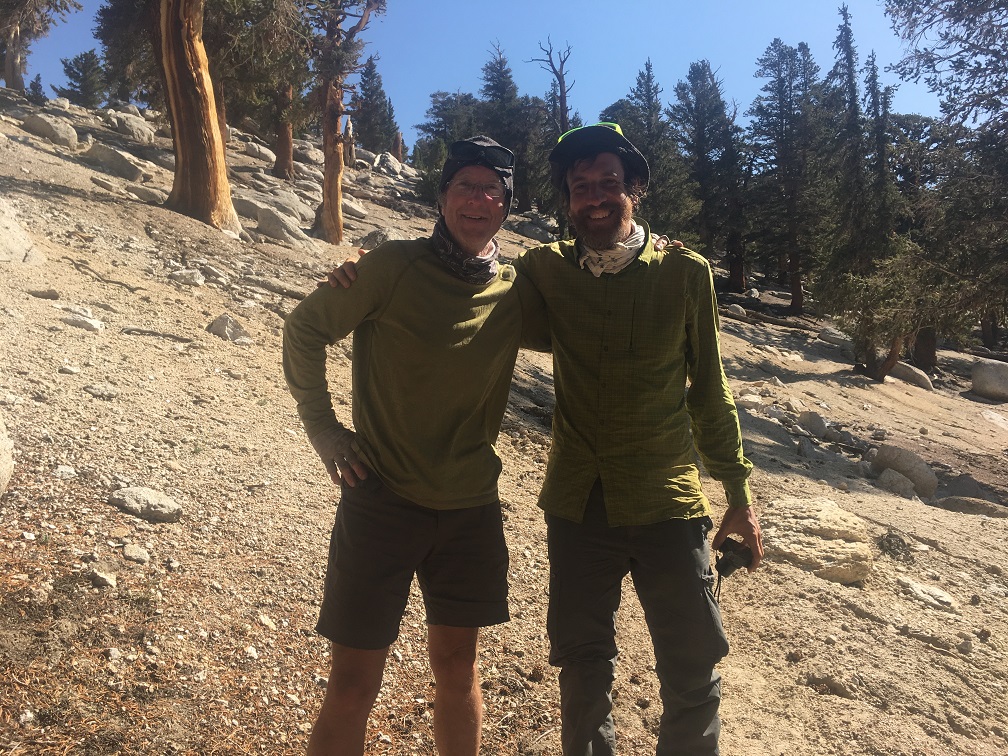
Winter Hiking Courses & Webinars
Registration is open for Hike Nova Scotia’s slate of winter 2021 courses and webinars.
In-person courses include Field Leader – Winter modules (prerequisite is the Field Leader – Hiking course).
Webinars include Intro to Snowshoeing, Happy Hiker Feet How-to, Intro to Hiking and Come Walk With Us (about an epic journey across Canada).
Dates, locations and costs vary, depending upon the course or webinar. COVID-19 public health guidelines will be followed for in-person courses.
Partners include the NS Department of Communities, Culture and Heritage, the Outdoor Council of Canada, The Trail Shop, Arthritis & Injury Care Bracing & Orthotics and Come Walk With Us. Learn more and register at www.hikenovascotia.ca.
Social Media
Share on Facebook
Share on Twitter
Share on Instagram
Contact
Hike Nova Scotia
(902) 932-6902
Email
www.hikenovascotia.ca
Winter hikes fend off cabin fever
Pandemic or not, fighting boredom and inactivity has always been a challenge in winter. Hike Nova Scotia says that one way to fend off cabin fever is to hike or snowshoe.
“We can glue ourselves to screens this winter or we can get off the couch and do something good for our bodies, minds and souls,” says Janet Barlow, Hike NS Executive Director. “Getting out for a hike or a snowshoe is something most folks can do close to home on a local trail.”
Event Details
Date: January 16 to March 27, 2021
Location: Province-wide
The full schedule with registration details and directions is found at www.hikenovascotia.ca. Hikes are listed by date and region. Hikes include the following areas:
- Cape Breton
- Highland (Guysborough County, Antigonish County, Pictou County)
- Fundy (Municipality of East Hants, Cumberland County, Colchester County)
- Annapolis Valley (Municipalities of Hants West and Clare, Counties of Digby, Annapolis and Kings)
- South Shore (Counties of Yarmouth, Shelburne, Queens, Lunenburg and District of Argyle)
- Halifax (Halifax Regional Municipality)
Fast Facts
- Hike NS and 15 host organizations partnered to offer the guided hike series from January to March.
- There are over 35 guided hikes scheduled province-wide. Many are snowshoeing events or just regular hikes if there’s no snow.
- Hikes are led by local folks and participants qualify to win trail prizes.
- All of these free or low-cost hike or snowshoe events require pre-registration and will follow public health protocols, including social distancing.
- The series includes hikes of various lengths and difficulty levels.
- For some of the guided hikes, snowshoes are provided.
- For those new to snowshoeing, there’s an Intro to Snowshoeing webinar coming up on January 26. Register at www.hikenovascotia.ca
- If you need snowshoes, easily find some to borrow, rent or buy using Hike NS’s online guide, with over 65 listings. There are over 40 venues where you can borrow them for free. Learn more at www.hikenovascotia.ca.
- Hike NS thanks its local partners for organizing the hikes on the ground as well as The Trail Shop, Goose Lane Editions and the NS Department of Communities, Culture and Heritage for their support.
- Hike NS encourages and promotes a growing hiking culture throughout the province, striving to be the voice for those who hike, walk and snowshoe.
Photos
Find photos on Facebook or Instagram or use some of the photos on this page.
Social Media
Share on Facebook
Share on Twitter
Share on Instagram
Contact
For more information on these events or Hike Nova Scotia contact:
Janet Barlow, Hike Nova Scotia
(902) 932-6902
info@hikenovascotia.ca
www.hikenovascotia.ca
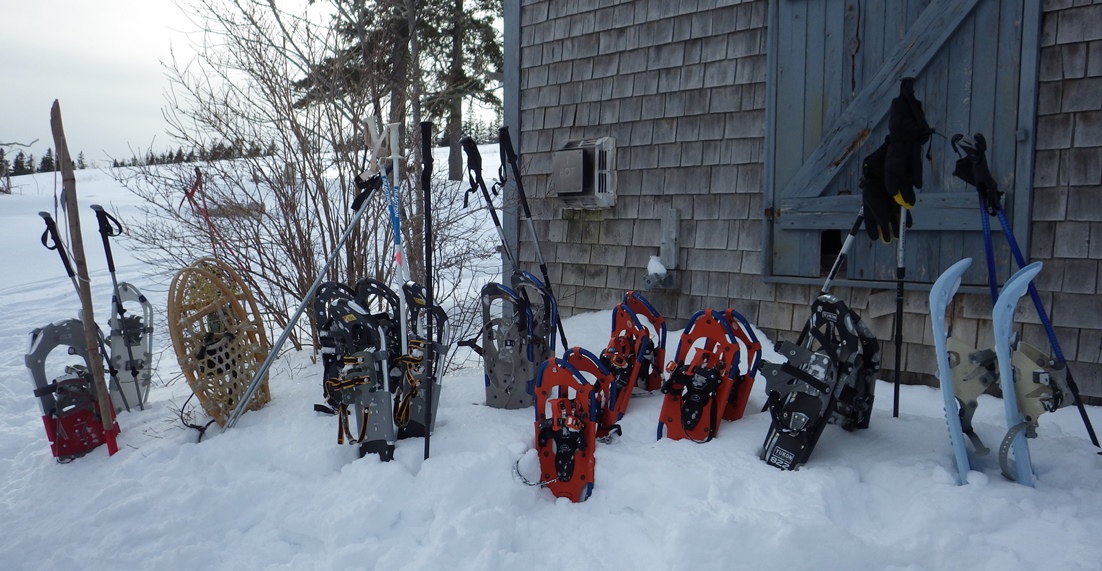
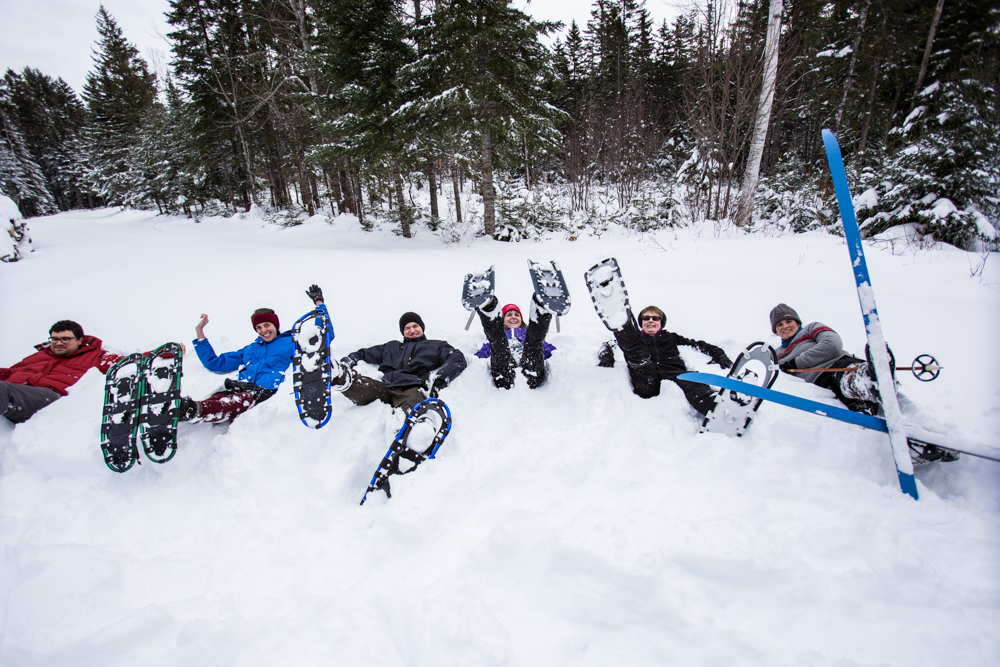
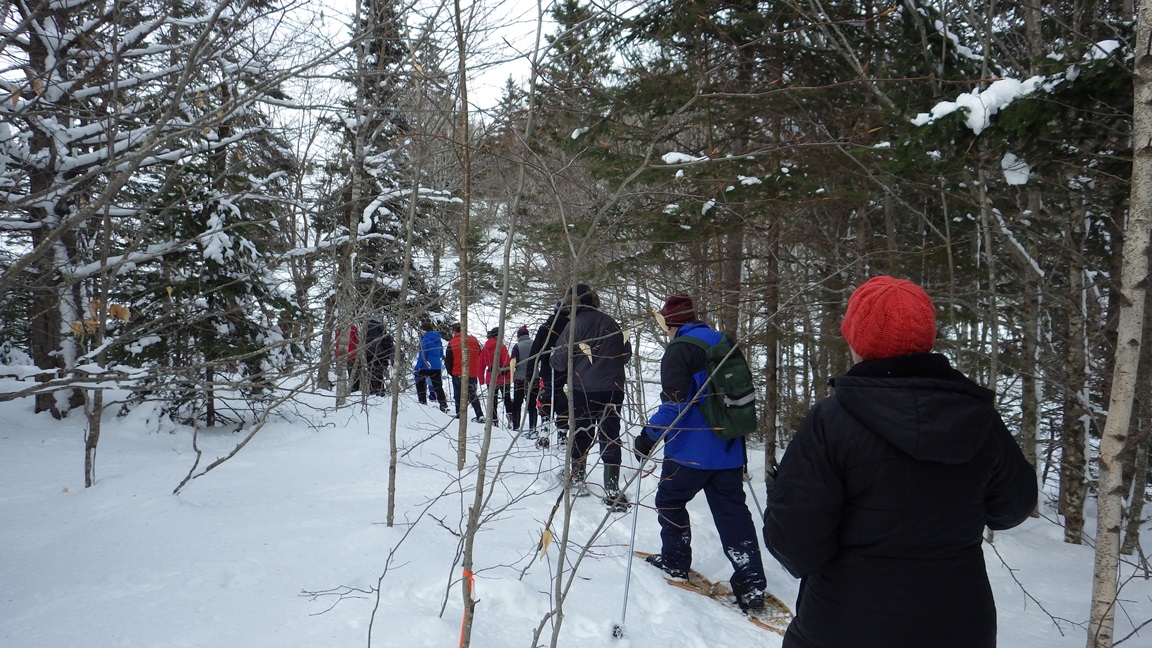


Hiker Gift Ideas 2020
If you’ve got a hiker or potential hiker on your gift list, we have lots of ideas for you! Consider giving:
- Hike NS gift membership
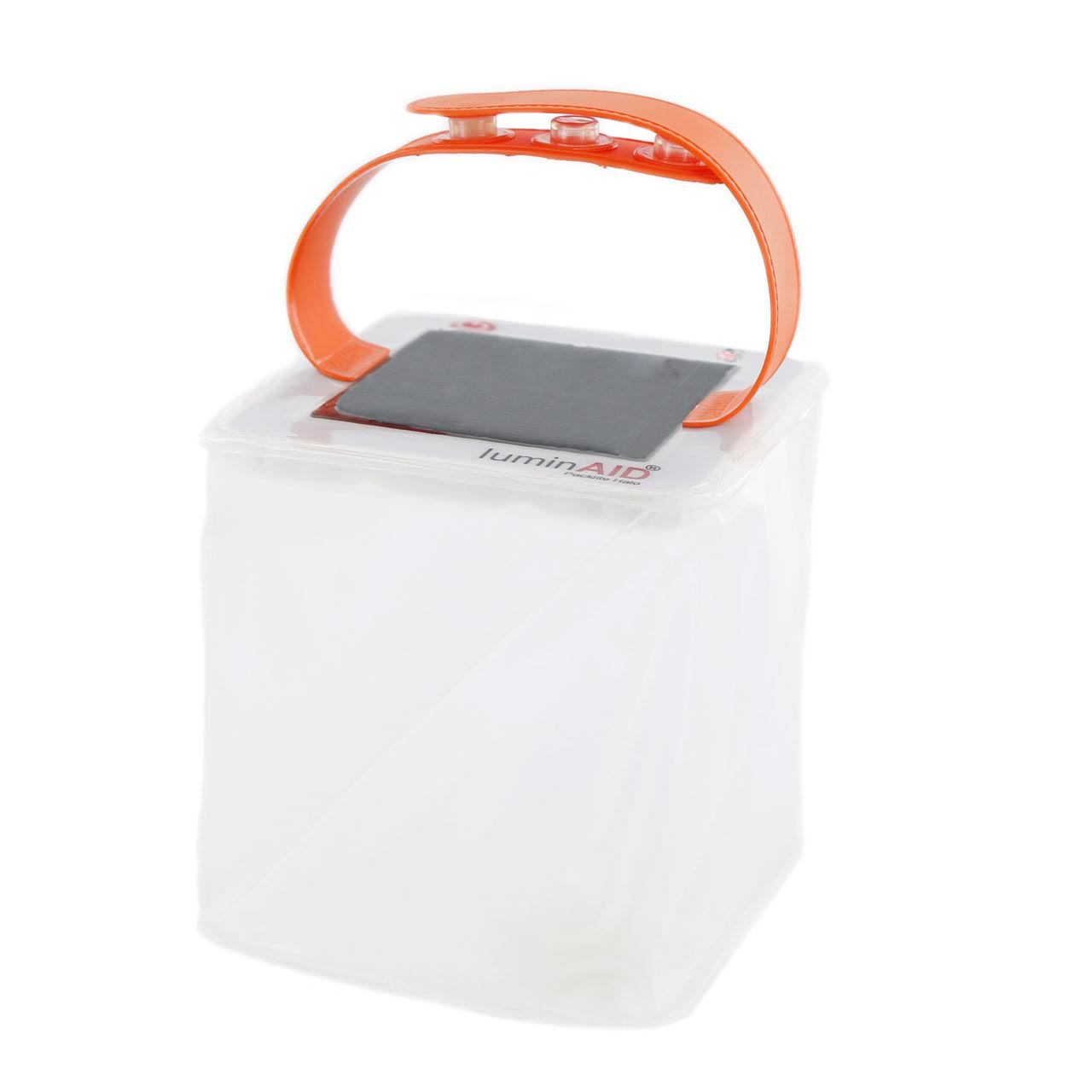
- Hike NS t-shirt
- Hike NS solar lantern
- Donation to Hike NS in the giftee’s name
- Hiking for the Holidays Online Auction items (until 10 pm Nov. 28)
- Items from NS businesses through Hike NS paid member discounts
Books:
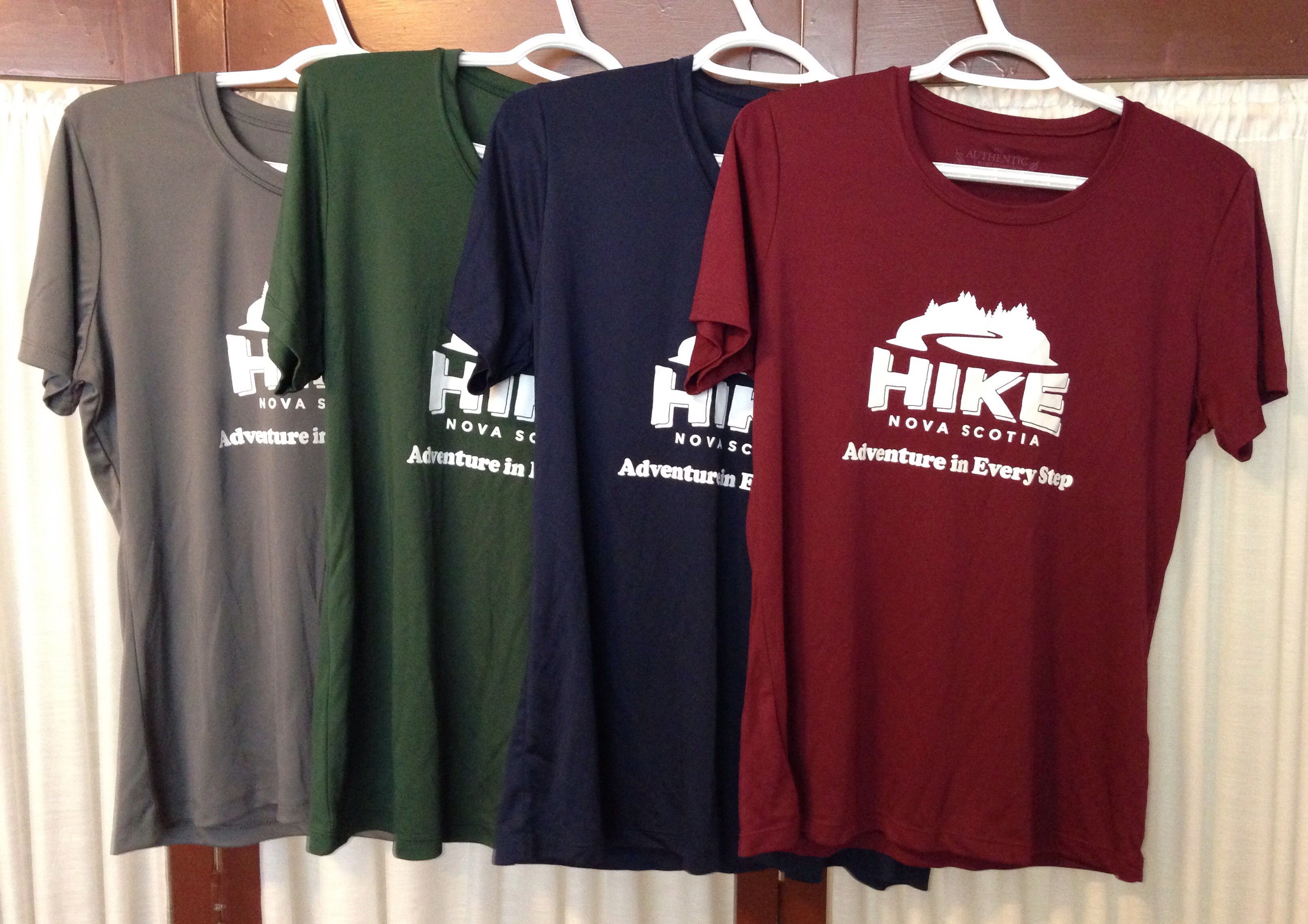 Hiking Trails of Mainland Nova Scotia book by Michael Haynes
Hiking Trails of Mainland Nova Scotia book by Michael Haynes- Hiking Trails of Cape Breton book by Michael Haynes
- Trails of Halifax Regional Municipality book by Michael Haynes
- Waterfalls of Nova Scotia book by Benoit Lalonde
- The Best of the Great Trail Volumes 1 and 2 books by Michael Haynes
- Nova Scotia Hiking Trail Guide eBook by Jim Cyr
- A for Adventure children’s book
Donations:
- Donation to a local trail group
- Donation to the NS Trails Federation
- Donation to the Great Trail (Trans Canada Trail)
Gift cards and certificates:
- Parks Canada pass
- Provincial Park gift card (check out fees and then get an e-gift card)
- Gift certificate to your local outdoor gear retailer
Hiking gear:
- Ice cleats/crampons
- First aid kit
- Compass
- Snowshoes
- Trekking poles
- Walking stick
- Hiking socks
- Back pack
- Headlamp
- Hiking boots
- Thermos
- Water bottle
- Pocket knife
